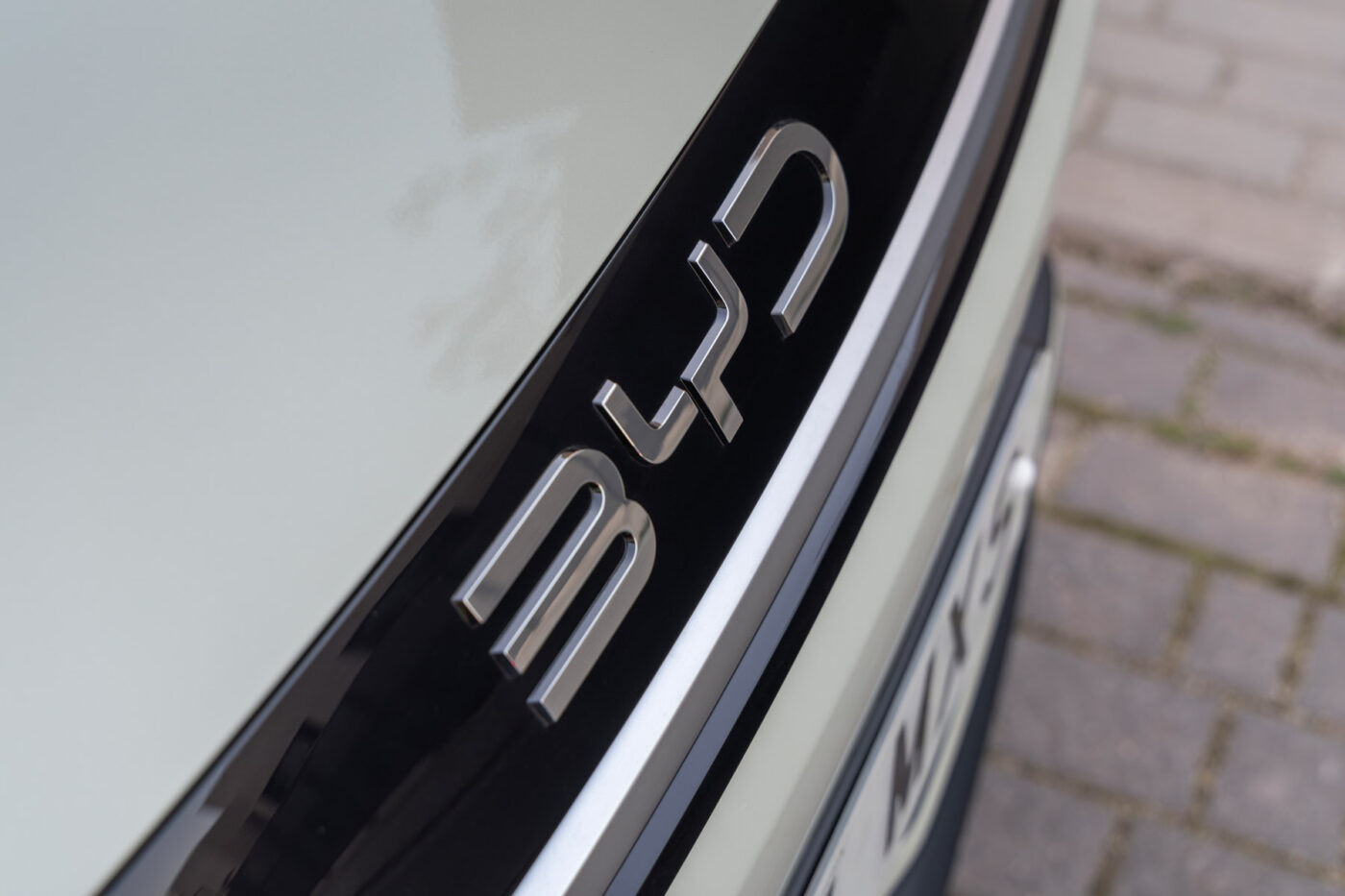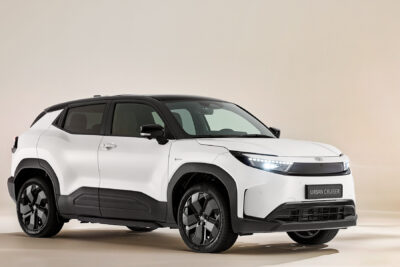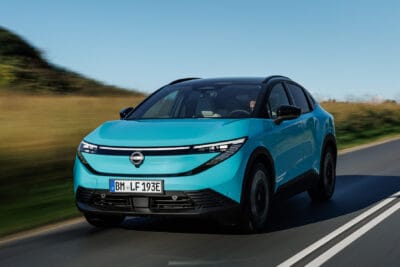NEV Sales in January: China sees seasonal dip – but at a high level
According to the China Association of Automobile Manufacturers (CAAM), a total of 944,000 New Energy Vehicles (NEVs) – including battery-electric vehicles (BEVs) and PHEVs – were sold in China in January. Compared to the record-breaking December 2024, this represents a sharp 41 per cent decline. However, the year-end surge followed by a weaker start to the new year is a recurring seasonal pattern in the Chinese market. A look at the figures from January 2024 provides a better comparison – and here, the 944,000 NEVs mark a 29 per cent increase.
It is important to note that CAAM’s figures refer to wholesale sales, including exports. Of the 944,000 NEVs sold, 793,000 remained in China (+26% YoY), while 150,000 units were exported. This not only represents a significant 50 per cent rise compared to January 2024 but also a 13 per cent increase over the strong December export numbers. It supports the view that the seasonal slump is primarily driven by domestic factors – especially as the Chinese New Year holiday took place from 28 January to 4 February. Meanwhile, demand outside China remains robust. The 150,000 exported NEVs (including 100,000 BEVs and 50,000 PHEVs) mark the second consecutive monthly export record.
NEV Market Share at 39 Per Cent in January
By powertrain, BEV sales totalled 574,000 units (-41% vs. December, +29% YoY), while PHEV sales stood at around 370,000 units (-41% vs. December, +30% YoY). Both drivetrains are growing at a similar rate. Given China’s total vehicle sales of 2.42 million units in January, the NEV share of the overall market stood at 39 per cent. Looking at BEVs alone, penetration was 24 per cent. That means that 2025 has started at a similar level to last year (2024’s NEV average: 40.9 per cent), albeit below the year-end peak, where market share climbed as high as 45 per cent.
Among manufacturers, BYD remained firmly in the lead in January, selling 300,538 plug-in vehicles (-42% vs. December, +49% YoY). That included 125,377 BEVs and 171,069 PHEVs, with the latter seeing a remarkable 79 per cent year-on-year increase. While BYD’s BEV and PHEV sales were historically close, the balance has now shifted significantly in favour of plug-in hybrids.
Looking at the competition at a group level, Geely overtook Tesla for second place in January, selling 152,315 NEVs (+60% YoY), which accounted for 46 per cent of the group’s total sales. Zeekr contributed 11,942 units. In third place was Changan, with 67,487 NEVs sold. Within Changan’s portfolio, the Deepal brand accounted for 24,575 units, while subsidiaries Avatr (8,826 units) and Nevo (10,816 units) also posted growth.
Tesla, on the other hand, struggled: the US manufacturer sold only 63,238 China-made vehicles in January – all of them BEVs. This put Tesla well behind BYD in the pure-electric segment. The company’s January sales represented a 15 per cent drop compared to January 2024 and a steep 59 per cent decline versus December. Of these vehicles, 33,703 remained in China, while 29,535 were exported.
SAIC also faced challenges, selling 61,098 NEVs in January – a 5 per cent year-on-year decline, bucking the overall market trend. In contrast, Chery made significant gains, posting 56,901 NEV sales – a staggering 172 per cent increase year-on-year.
Further down the rankings, Xpeng delivered 30,350 BEVs – marking its third consecutive month above the 30,000-unit mark. Li Auto followed closely with 29,927 NEV sales. Leapmotor also saw impressive growth, reporting 25,170 NEVs sold (+105% YoY). Xiaomi, meanwhile, did not disclose an exact figure for the start of the year but confirmed it had sold over 20,000 units of its debut model, the SU7. Other notable results included GAC Aion (14,393 units, +69% YoY), Nio (13,863 units, +38% YoY), and Dongfeng’s Voyah brand (8,009 units, +14% YoY).
Speaking of Dongfeng: reports indicate that the company is in talks with Changan over a potential merger. If the deal goes through, the combined entity could become the world’s fifth-largest car manufacturer.
cnevpost.com (CAAM), cnevpost.com (BYD), cnevpost.com (Tesla), ir.xiaopeng.com, ir.nio.com, zgh.com (Geely), prnewswire.com (Zeekr),
cnevpost.com (Xiaomi), cnevpost.com (Leapmotor), autonews.gasgoo.com (Voyah), autonews.gasgoo.com (Chery), autonews.gasgoo.com (GAC Aion), autonews.gasgoo.com (Changan), autonews.gasgoo.com (SAIC), autonews.gasgoo.com (Li Auto)





0 Comments